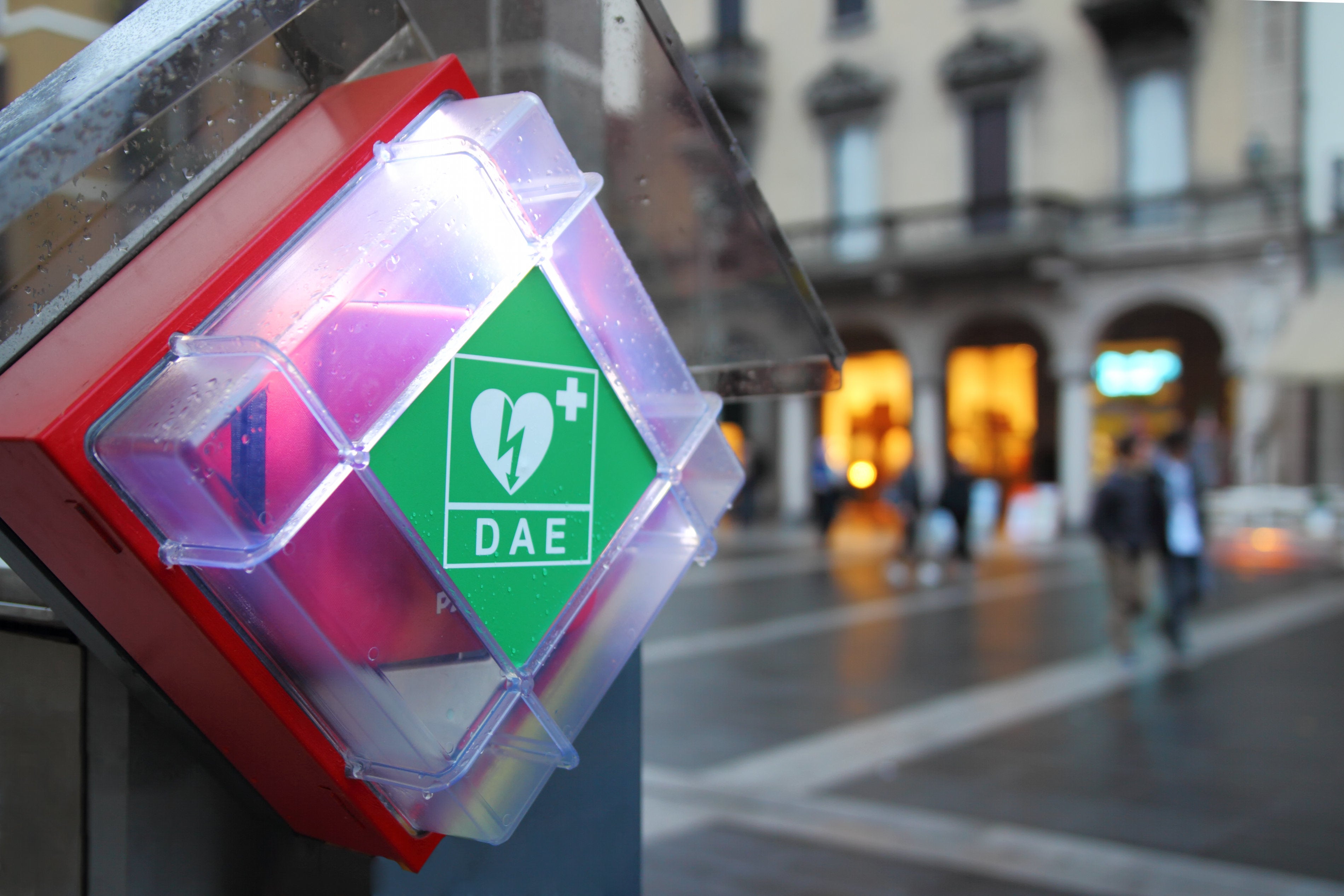Link: http://www.huffingtonpost.co.uk/entry/how-to-respond-to-cardiac-arrest_uk_5a2518cbe4b0a02abe922a2d
Most people in the UK do not know how to respond if someone’s heart stops beating, a survey has found.
Nearly two-thirds (61%) admitted they would not know what to do if faced with a cardiac arrest and seven out of 10 people (70%) said they would not feel confident using a defibrillator, according to the poll for St John Ambulance.
The first aid charity warned that lives were being put at risk as it launched its ‘C.A.R.E For A Heart’ campaign, to encourage the public to learn how to treat a cardiac arrest in advance.

More than half of people (53%) do not know where their nearest life-saving equipment is and 62% wrongly believe a defibrillator would cause harm to a patient, the YouGov survey of 2,000 British adults found.
But up to seven out of 10 people who suffer a cardiac arrest could survive if they are treated with a defibrillator within the first five minutes, St John Ambulance said.
The charity urged people to find their closest defibrillator, be ready to spot the signs of arrest, know how to perform CPR (resuscitate) and remember that early defibrillation gives the best chance of survival – grouped under the acronym C.A.R.E.
What is a cardiac arrest?
A cardiac arrest is when the heart stops pumping blood around the body, which starves the brain of oxygen and can knock a person unconscious.
According to the British Heart Foundation, it happens because of a problem with electrical signals in the heart.
If someone is in cardiac arrest:
- they won’t be conscious
- they won’t be responsive
- they won’t be breathing, or breathing normally
How to respond
- Call 999 and ask someone to find the closest defibrillator while you perform CPR
- Begin CPR (30 chest compressions, two rescue breaths, repeat)
- Use the defibrillator – according to BHF, once the defibrillator is open and in position, all you have to do is follow the spoken instructions. Many defibrillators will have diagrams or a screen to help you. The defibrillator detects the heart’s rhythm, it won’t deliver a shock unless one is needed.
- You should resume CPR as soon as instructed by the defibrillator.
James Radford, director of St John Ambulance, said its research showed Britain has “a long way to go” in educating the public.
He said: “None of us want to find ourselves in a situation where we couldn’t save a loved one’s life, any more than we’d want them to stand by helpless if we suffered a cardiac arrest.
“That’s why we are urging everybody to learn the four simple steps of C.A.R.E today; so that if the worst happens tomorrow, we can all act quickly and confidently, especially when every second counts.”